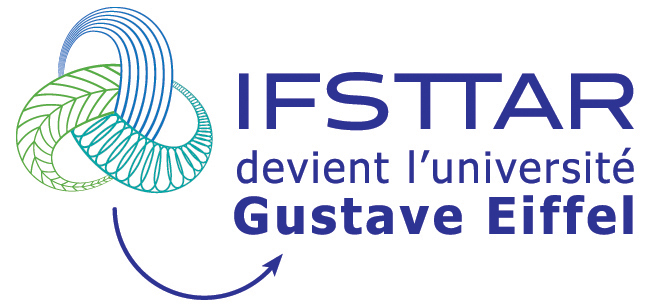Minimizing the carbon footprint of 3D printing concrete: Leveraging parametric LCA and neural networks through multiobjective optimization
Résumé
Concrete 3D printing proposes an off-site industrial process allowing to deposit material only where required. However, most mixture design methods struggle to perform, which is why a majority of 3D printing materials display high clinker contents. This study proposes a reproducible methodology for tailor-made 3D printing materials. Applied to a low-clinker quaternary blend, an iterative optimization process leads to a significant reduction of labor in material tuning. It involves life cycle assessment and artificial neural networks as objective functions in the Pareto selection of best-performing solutions. Following the constitution of an 18-mixture database with 6 independent variables and 5 objective functions, printable mortars of different strength classes are designed within 2 to 4 active learning runs. Consequently, this optimum-driven technique allows to rapidly converge toward low-carbon solutions for 3D printing, using local materials and custom characterization procedures.
| Origine | Publication financée par une institution |
|---|---|
| licence |


